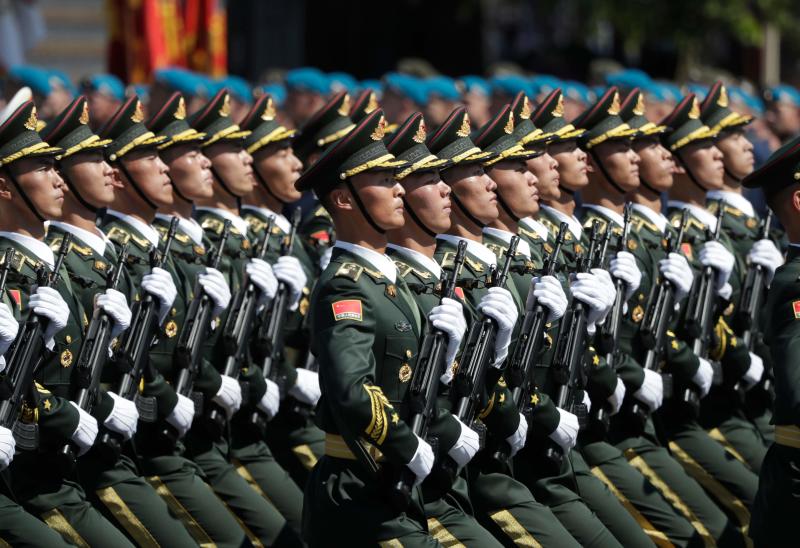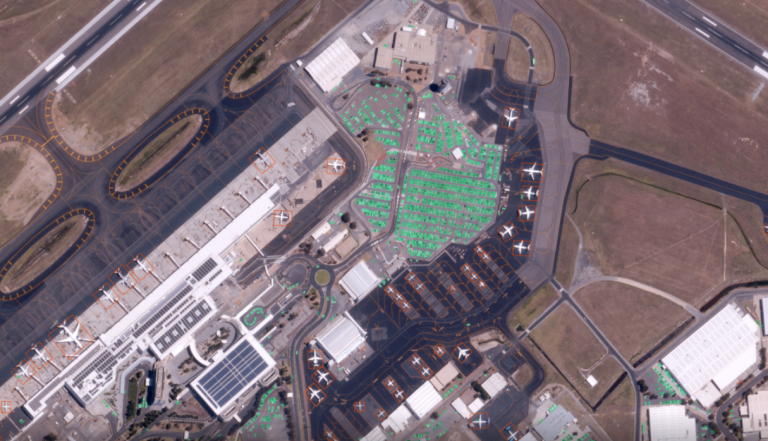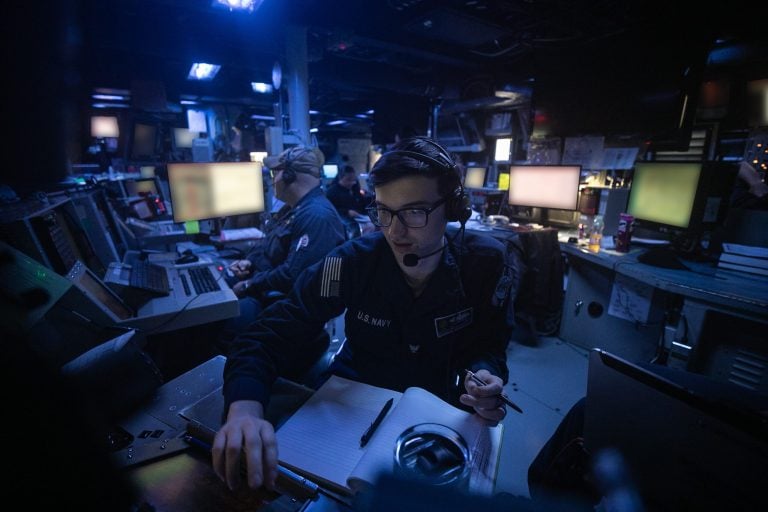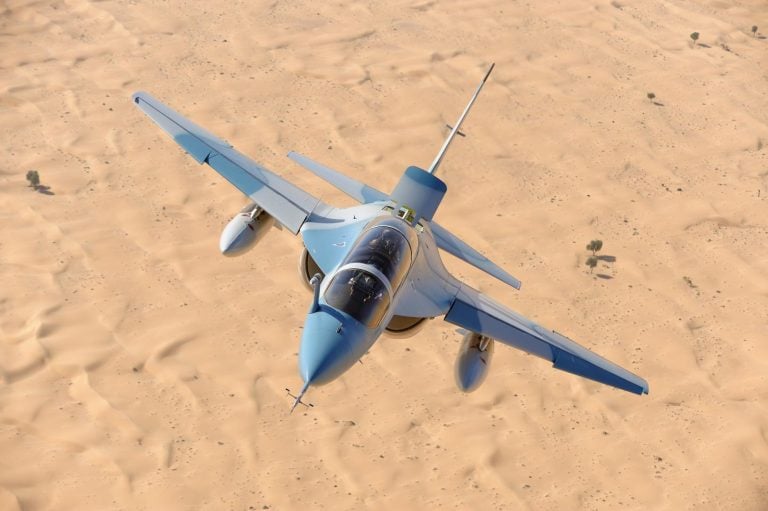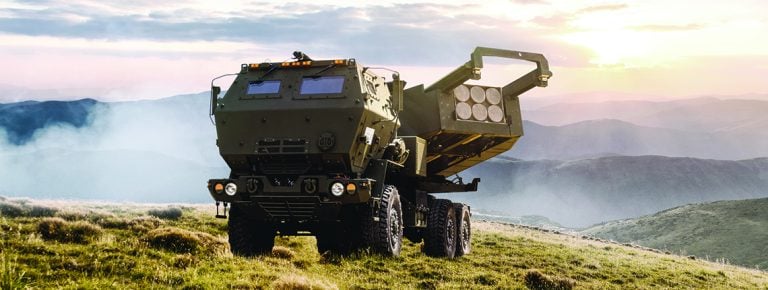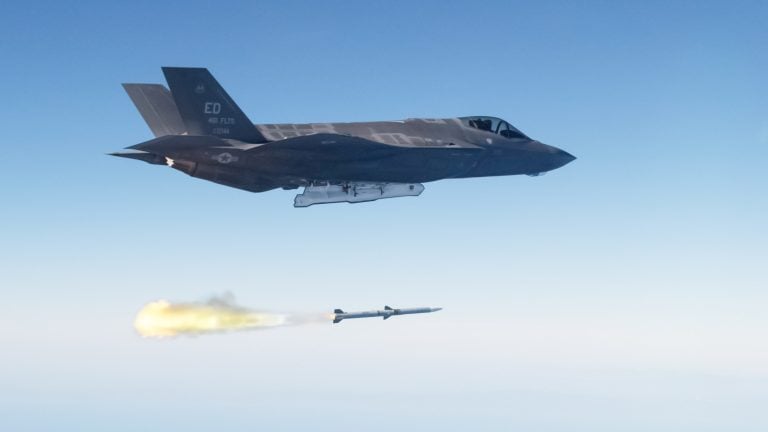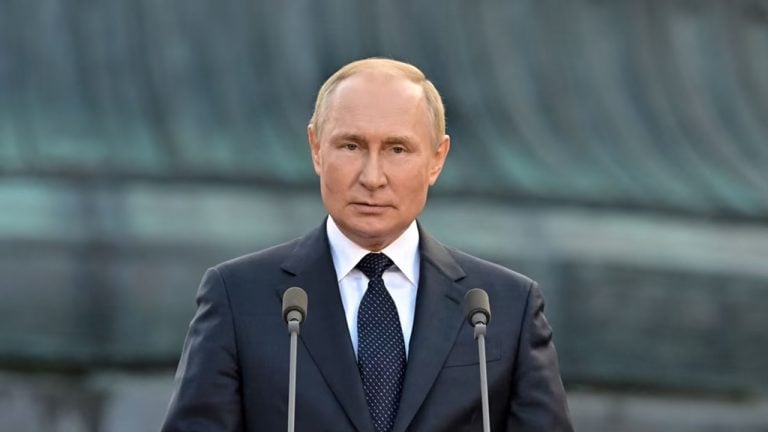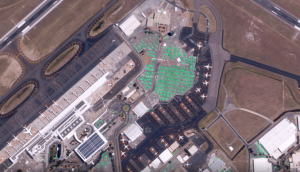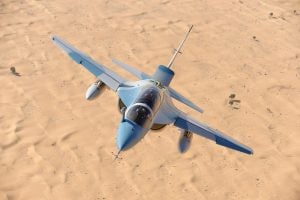Russia is intensifying its military collaboration with China, particularly in the realm of training Chinese military personnel to counter NATO weapon systems, according to intelligence reports from Ukraine. The Ukrainian Defense Intelligence Directorate (HUR) has revealed plans for this partnership to facilitate the training of approximately 600 Chinese soldiers at Russian Armed Forces facilities within the year.
The training program is expected to utilize Russia’s battlefield experiences, particularly those acquired along NATO’s eastern flank. A significant focus will be on tactics aimed at incapacitating Western weaponry, alongside instruction on operational techniques concerning heavy combat vehicles, engineering, artillery, and air defense systems.
Sources indicate that the strategies and tactics developed during this collaboration could be employed by the Chinese government in scenarios such as a potential invasion of Taiwan. “The Kremlin has decided to allow Chinese military personnel to study and adopt the combat experience Russia has gained in its war against Ukraine,” stated a spokesperson for HUR. This move is seen as a clear indication of Moscow and Beijing’s joint ambitions in a global confrontation with Western powers.
The suspected partnership between Russia and China has been a point of concern for the U.S. government, which noted signs of support for Moscow’s invasion of Ukraine just a year after it began. Reports surfaced suggesting that Beijing had contemplated providing various forms of military aid to Russian forces, ranging from lethal support to munitions and weaponry. By 2024, American and British intelligence confirmed that such support had indeed been dispatched from Beijing to Moscow.
In 2025, Ukrainian President Volodymyr Zelensky acknowledged that China had ceased supplying drones to Kyiv and other European nations, while continuing to dispatch military supplies to Russia. Initial responses from Ukraine’s military against Russian advances prominently featured Chinese unmanned aerial systems, particularly the commercial DJI Mavic quadcopter, which proved effective in various operations.
Additionally, HUR’s intelligence has pointed out that Russian combat drones and missile systems recently recovered from conflict zones contained multiple components sourced from China. This further underscores the intertwining of capabilities between the two nations in military contexts.
The strategic dynamics between Russia and China continue to evolve, thereby posing significant implications for regional stability and geopolitical alignments.
